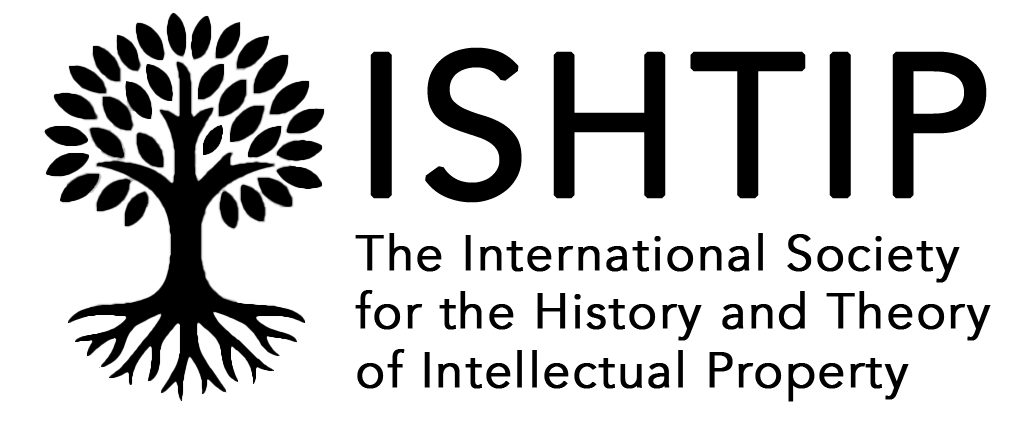
-

-

Save the Date: ISHTIP 17th Annual Workshop – 25 & 26 June 2026, São Paulo
-
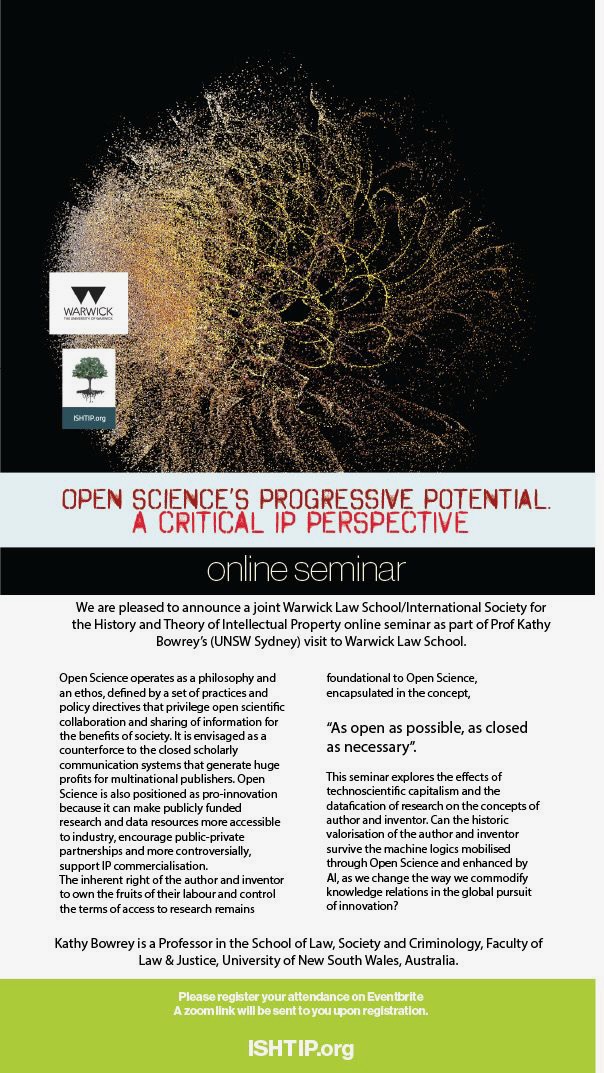
Open Science’s Progressive Potential. A Critical IP Perspective. Online Seminar with Prof K Bowrey, 30 Jun 2025, 1-2pm (GMT London)
-

Mario Biagioli (1955-2025)
-

Final Programme for the 2025 ISHTIP 16th Annual Workshop – “Intellectual Property and Capitalism”
-

Programme for 2025 ISHTIP 16th Annual Workshop ‘Intellectual Property and Capitalism’.
-
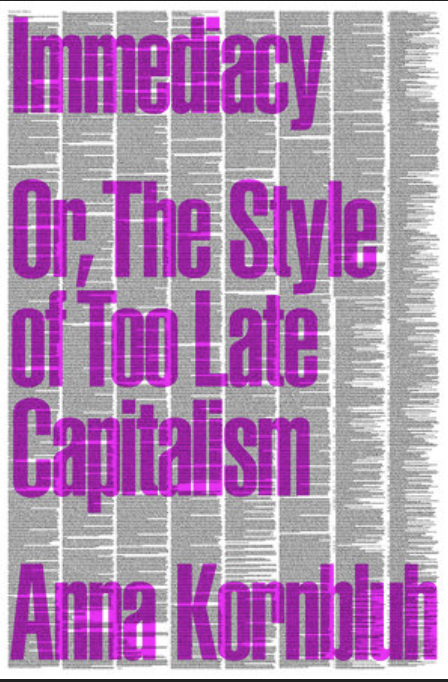
Intangible in tangible London reading group meeting, 23 January 2025
-
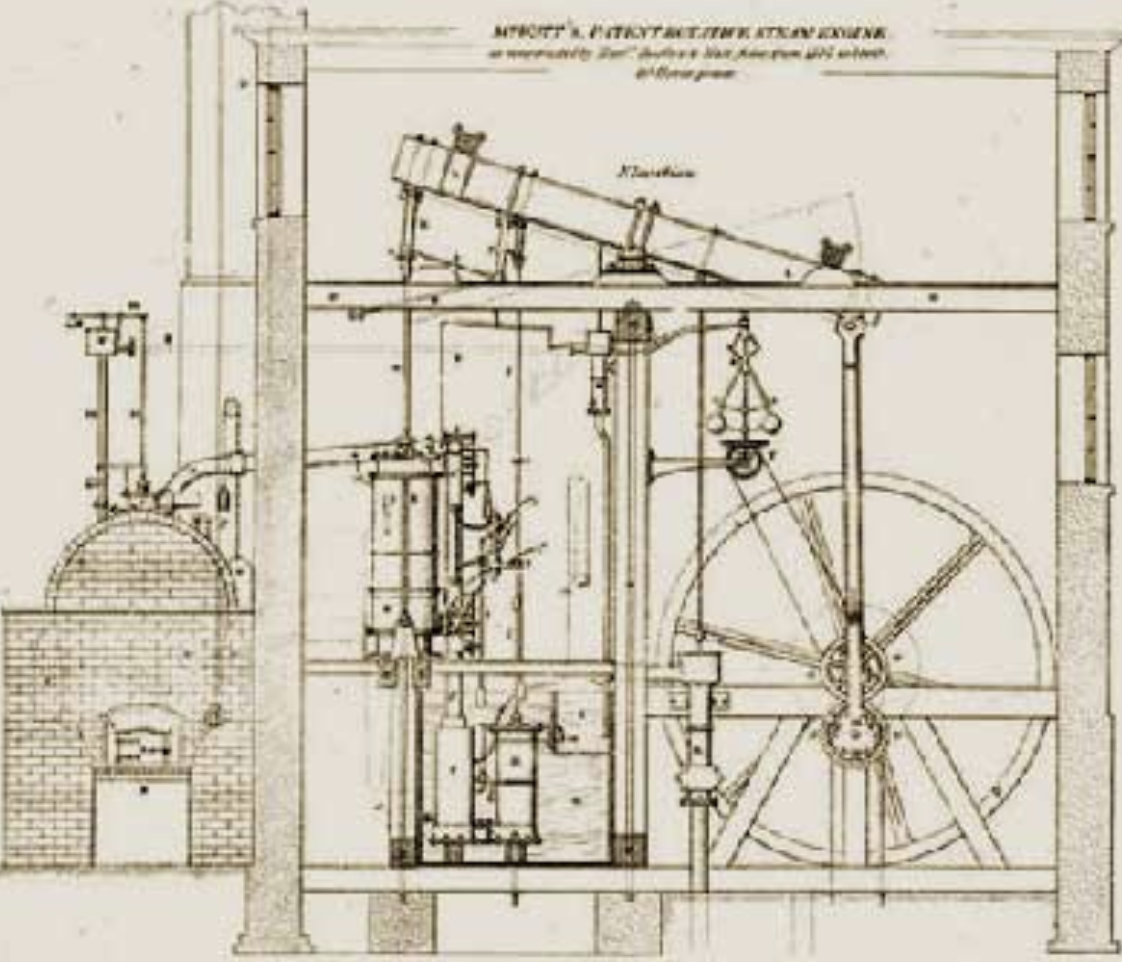
Call For Papers: 2025 Annual Workshop
-
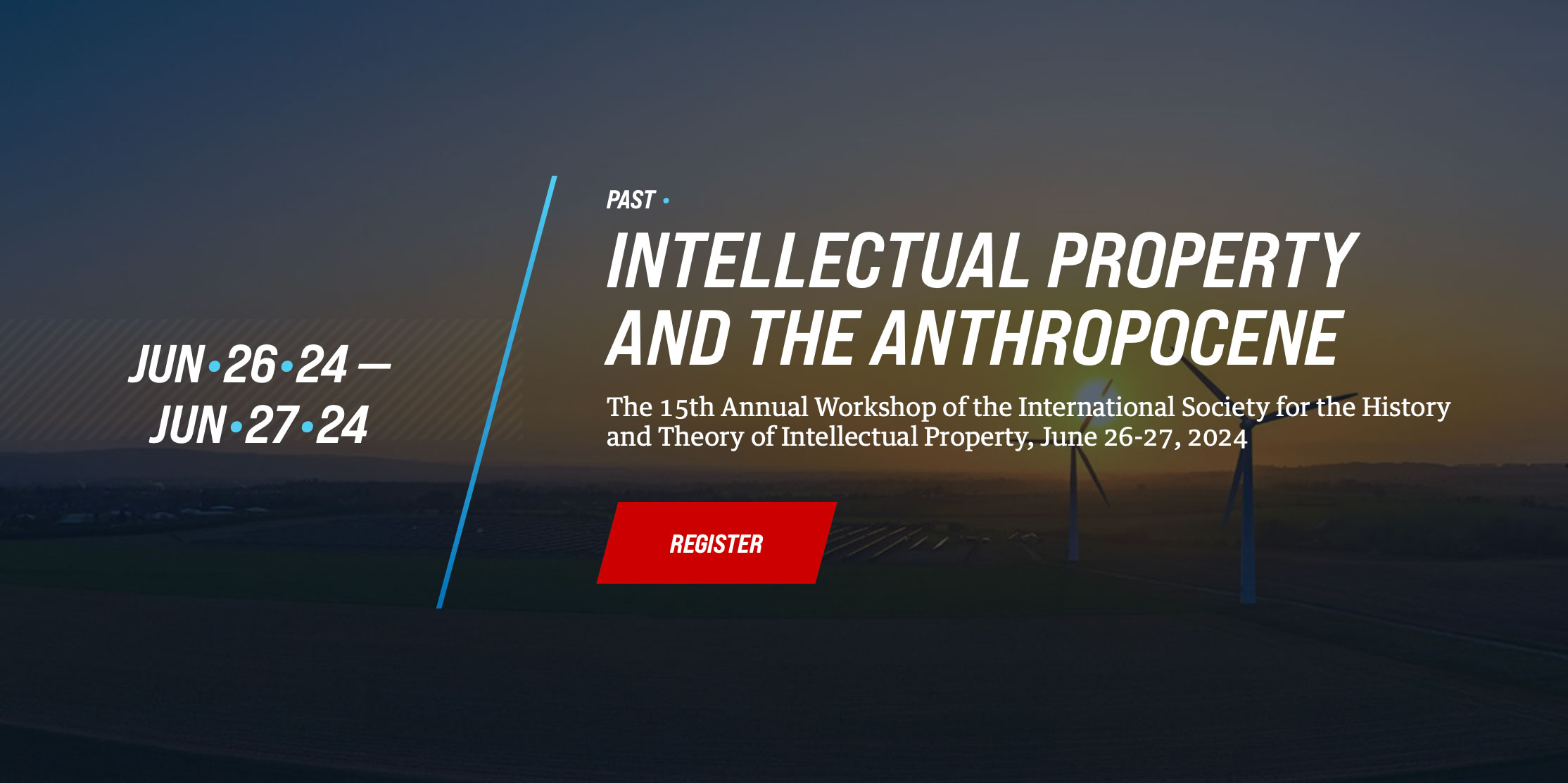
REGISTRATION IS OPEN for the 2024 15th ISHTIP Annual Workshop
-

Call For Papers: 2024 Workshop
-

2024 ISHTIP 15TH ANNUAL WORKSHOP
-
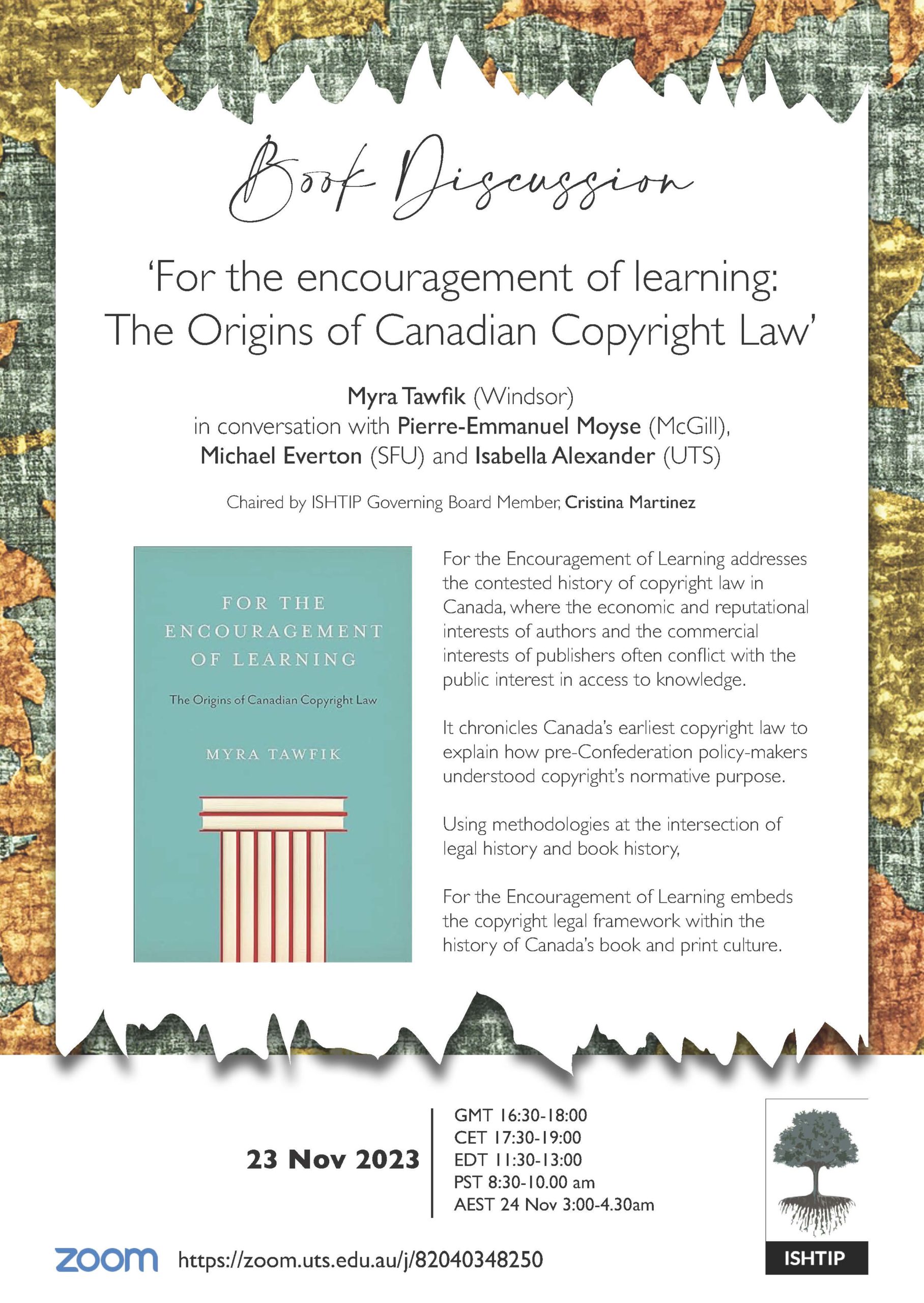
FOR THE ENCOURAGEMENT OF LEARNING: THE ORIGINS OF CANADIAN COPYRIGHT LAW
